We have been funded to use the cosmogenic nuclides 10Be and 26Al to determine
when portions of Baffin Island were last glaciated. Two summers of field
work have resulted in the collection of nearly 170 samples. P. T. Davis
(PI) spent three weeks in Baffin Island during the summer of 1994 collecting
about 30 samples for analysis and Kim Marsella, the Masters student supported
by this grant, led a field party of 8 in the collection of 140 samples and
the mapping of moraines during the summer of 1995. The dozen isotopic analyses
made so far show excellent correlation of model 10Be and 26Al ages and suggest
that portions of Pangnirtung fjord previously believed to be ice free since
the mid-Wisconsinan were likely occupied by ice as recently as the early
Holocene. Marsella has purified quartz from over half of the collected samples
and has shown that stable Al can be reduced to extremely low-levels in Baffin
quartz (<100 ppm) making relatively high precision measurements possible
even considering the short exposure ages.
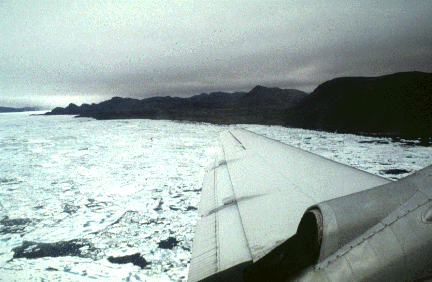
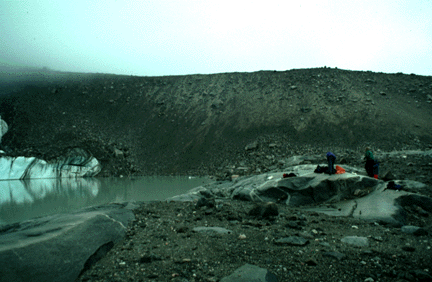
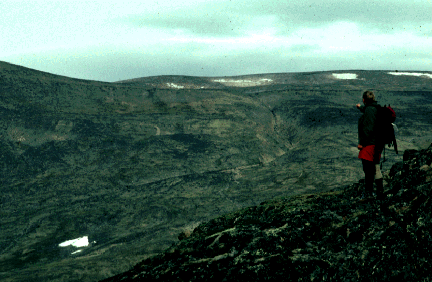
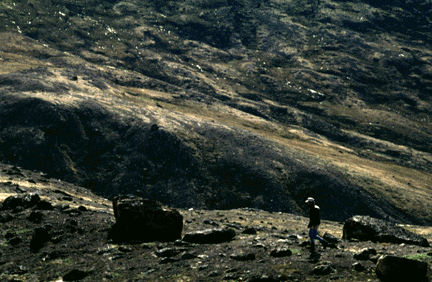
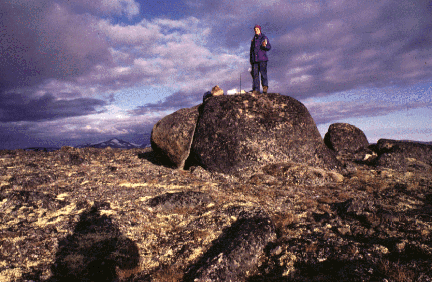
Marsella, K. and P. Bierman (1995). "Timing and extent of glaciation
on southern Baffin Island, NWT, Canada determined using in situ produced
cosmogenic isotopes 10-Be and 26-Al." Terra Nostra INQUA
(Berlin, 26) 179.
Marsella, K., P. T. Davis, and Bierman, P. (1995). "Geologic test of
weathering zone concept and nunatak hypothesis using cosmogenic isotope
dating in Pangnirtung fjord area, Baffin Island, Nunavat Territory, Canada.
Geological Society of America Abstracts with Programs 27 (6): A-59.
Davis, P. T., Marsella, K. A., Bierman, P. R., Finkel, R. C., Caffee, M.,
Southon, J. and Koning, J. (1995). Timing and extent of glaciation on southern
Baffin Island, Nunavut Territory, arctic Canada, using in situ cosmogenic
isotopes. Geological Society of America Abstracts with Programs 27
(6) A-60.
Research supported by CAMS, Livermore National Laboratory; NSF, Polar Programs.
In collaboration with Tom Davis (Bentley College), Marc Caffee and Bob Finkel
(LLNL).